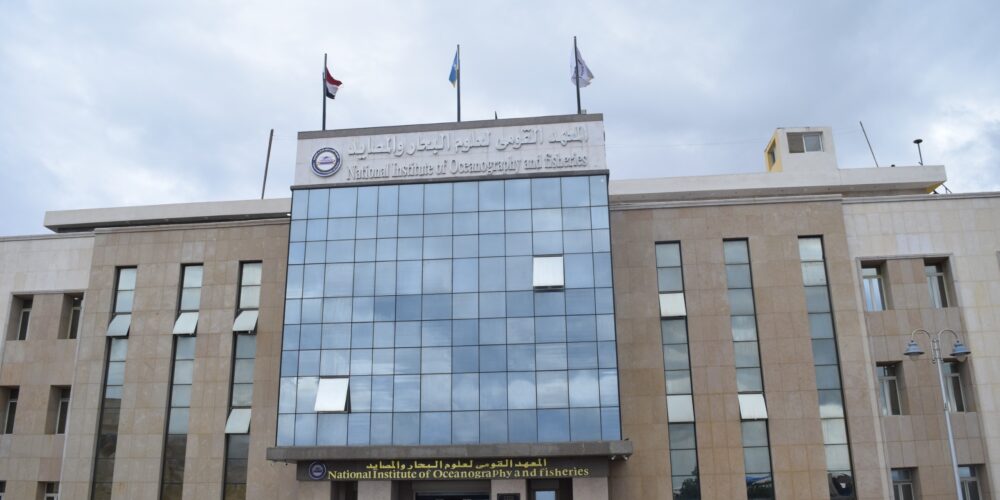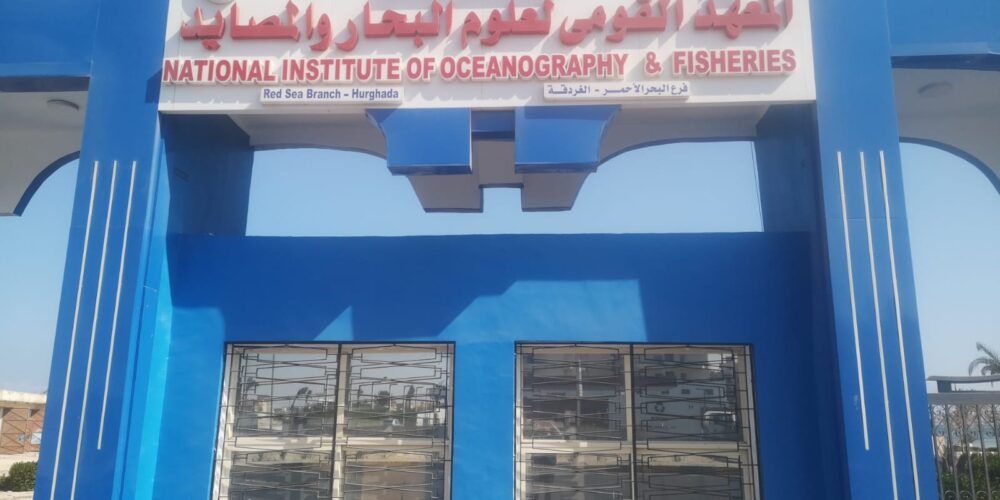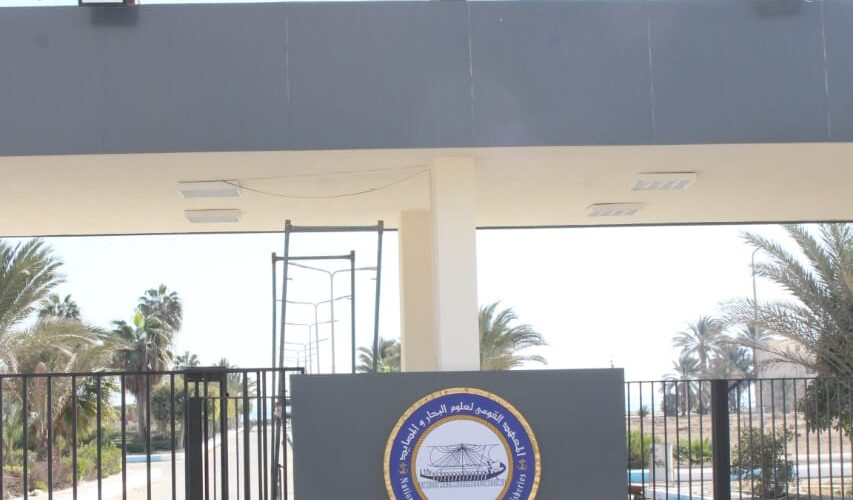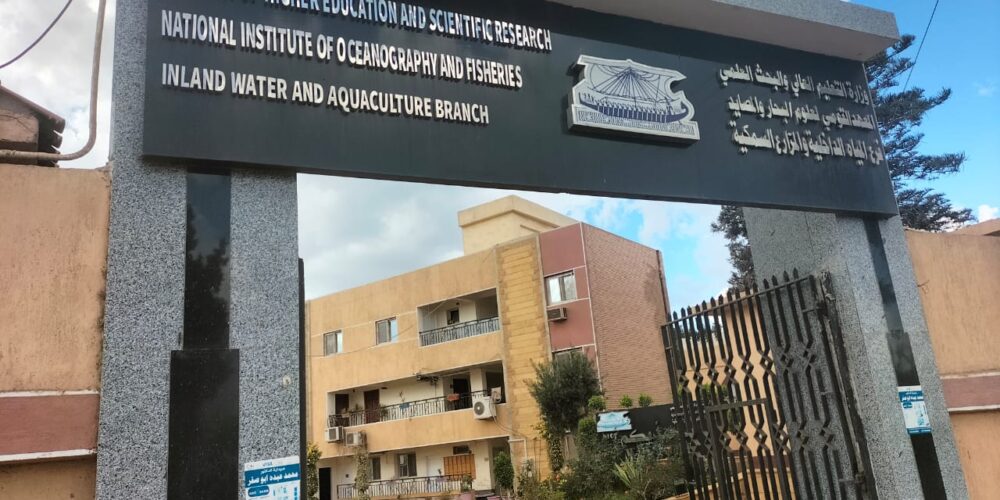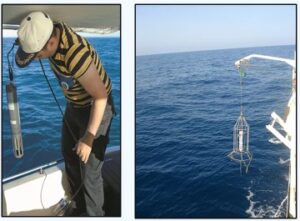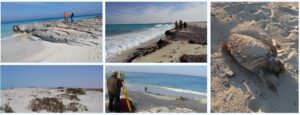
Message from the President of NIOF
It is my great pleasure to welcome you to the official website of the National Institute of Oceanography and Fisheries. We aim for this website to be an open window for everyone to learn about our efforts and achievements in the field of marine sciences and fisheries.
Since its establishment, our institute has diligently strived to achieve our vision of becoming a leading institution both nationally and internationally in the fields of scientific research and technological development related to the oceans and seas. We recognize the critical importance of the marine environment to human life, and it is from this understanding that we dedicate our efforts to understanding and preserving it.
The institute offers advanced research programs, numerous scientific projects, and extensive international collaborations with prestigious institutions and universities around the world. We are committed to providing a comprehensive educational and training environment for our students and researchers, focusing on developing human capacities and qualifying specialized scientific cadres.
At the National Institute of Oceanography and Fisheries, we believe that innovation and partnership are the keys to success and progress. Therefore, we work to strengthen cooperation with all concerned entities from government and private sectors, as well as international organizations, to achieve sustainable development and preserve our marine resources.
VISION
Upgrade the level of marine scientific research and exploration survey in Egypt to improve its position among the countries in the field of marine science.
Transfer new technologies in all fields related to the aquatic resources to Egypt that helps to decrease the technology gaps in this field.
MISSION
The mission of the National Institute of Oceanography and Fisheries is “to achieve sustainable development of marine and fresh water resources through increasing their potentials for Natural resources, combating pollution from all sources and working towards reducing poverty and improving the standard of living by developing and introducing new techniques in fisheries and aquaculture.
The above “Mission” could only be achieved through basic scientific and applied research activities in different fields of Oceanography, Fisheries and aquaculture.
HISTORY
The National Institute of Oceanography and Fisheries (NIOF) is one of the twelve national research institutions affiliated to the Ministry of State for Scientific Research of Egypt. The mandate of NIOF is to “maintain, protect and promote the different Egyptian aquatic environments”.
Historically, the National Institute of Oceanography and Fisheries was first established in 1918, and was located at El-Qaytbay in Alexandria as Alexandria Institute of Hydrobiology. At a later date in 1931, the Alexandria Institute of Hydrobiology was relocated at Keyed Bey on the Eastern Harbor of Alexandria, where the Mediterranean Branch of NIOF is presently located. In the mean time, a Marine Biological Station was established in 1928 at Hurghada on the Red Sea. In the sixties of the last century, the Alexandria Institute and the Hurghada Station were combined with a new branch for the Inland Waters (established in 1967 at El-Kanater “Barrage” City – near Cairo), thus forming the three branches of NIOF.
our services
SOLID MARINE GROWTH
Fouling results from the growth of animals and plants on the surface of submerged structures (Anon, 1952). Fouled (marine growth of organism) structures can include intake pipes for industrial or power plants in marine and freshwaters, oil rigs, buoys, moorings, current meters, and hulls as well as other surfaces of boats, ships and submarines (Gordon and Mawatari, 1992).
NIOF introduce Measurements, Prediction, Fouling Control and expected effects in certain site.
HYDROGRAPHIC STUDIES
Hydrographic studies deal with the measurements and description of the physical features of oceans, seas, coastal areas, lakes and rivers.
ENVIRONMENTAL IMPACT ASSESSMENT (EIA)
EIA is the process of identifying, evaluating, predicting and mitigating the biophysical and environmental consequences of a plan, program or project prior to the decision.
- Water quality monitoring with simultaneous measurement of conductivity (salinity), resistivity, specific conductance, temperature, depth or level, pH, dissolved Oxygen, turbidity, total dissolved solids, and many other parameters according to the application.
- Miniature electromagnetic current meters which record 2D current data, with high accuracy± 20 and 3600 measuring range in a continuous or burst measuring mode. Sensors are usually deployed using a special mooring techniques.
- Seasonal multi-functional shoreline (coastal) surveys to observe, record and monitor the terrestrial ecosystems [including monitoring land uses, vegetation, flora and fauna abundance, mammals, avifauna, reptiles and vertebrates species distribution and adaptation]
BENTHIC SURVEYS
Benthic survey is the study of organisms that make up bottom communities to determine environmental health of regions and conduct environmental impact studies.
ENVIRONMENTAL AUDITING
Environmental Auditing service provide for Oil sectors on Oil fields, Refineries and Oil Terminals.

